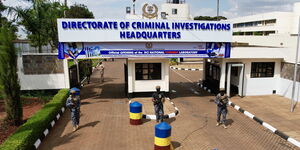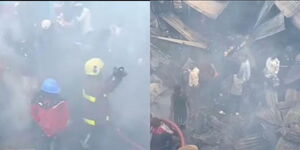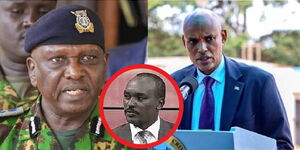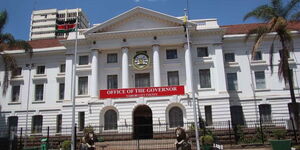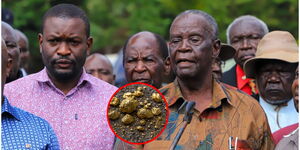Not many people know the intricate details about the top spy organ in Kenya, the National Intelligence Service (NIS), and its operations.
Former spymaster, Joseph Kibati Bart, drawing his inspiration from James Bond, worked as a spy in Kenya for three decades beginning 1969.
"My dream as a young boy was one day to become a spy and it was mainly motivated by the movies I was watching, then acted by Sean Connery (James Bond)," he wrote in his book, Memoirs of a Kenyan Spymaster.
The former NIS officer went to Kalimoni Primary School then to Mang’u High School, after which he started working at Barclays Bank.
He later moved to the defunct East African Airways (EAA) but still nurtured his desire to work in the intelligence service.
He left EAA to join the Kenya Police Service after heeding a call for applications from Kiganjo Police College.
After training at Kiganjo, he joined the Special Branch (now NIS) training school in South B in 1969, when his career in intelligence began.
One of the things that Kibati explains in his book, is how Superintendent James Opiyo and his team learned to torture prisoners from ex-CIA agents.
A casual look through Kenya’s history shows just how infamous Opiyo is.
Over 200 victims of the Nyayo House detentions ranked him first among all the tormentors who worked the Nyayo cells.
The former spy also spoke on the infamous Ngoroko squad. In his book, he goes against popular public opinion to refute claims that the Ngoroko was not, in fact, an assassination unit.
The Ngoroko affair remains part of Kenya's history that is shrouded in mystery and Kibati’s denial only added to the national confusion.
He wrote that the squad was established as an anti-theft stock unit in the 1970’s but pervading opinion indicated that it became (or began as) an assassination unit.
Bart Kibati’s memoirs join Simon Wathome’s in giving a tiny peak into the workings of Kenya intelligence.
One of the early signs of intelligence gathering in Kenya were during the colonial period.
British colonialists recruited mercenaries as porters and guides. First, the mercenaries provided information, but later, they served as community chiefs, displacing traditional leaders.
In 1926, the Special Branch was created and staffed by colonialists to collect information on criminal activities.
In the height of the independence struggle, its activities expanded from the collection of intelligence on criminal activities to investigation of citizens agitating for independence and the trade union movement.
The NIS, which was then known as the National Security Intelligence Service (NSIS), was created in 1999 by the enactment of the National Intelligence Security Act (1998).
Over 170 Special Branch officers were purged and the department was separated from the National Police Service.
Arrest authority was removed from the intelligence department, and a tribunal was established for complaints against the intelligence service.



